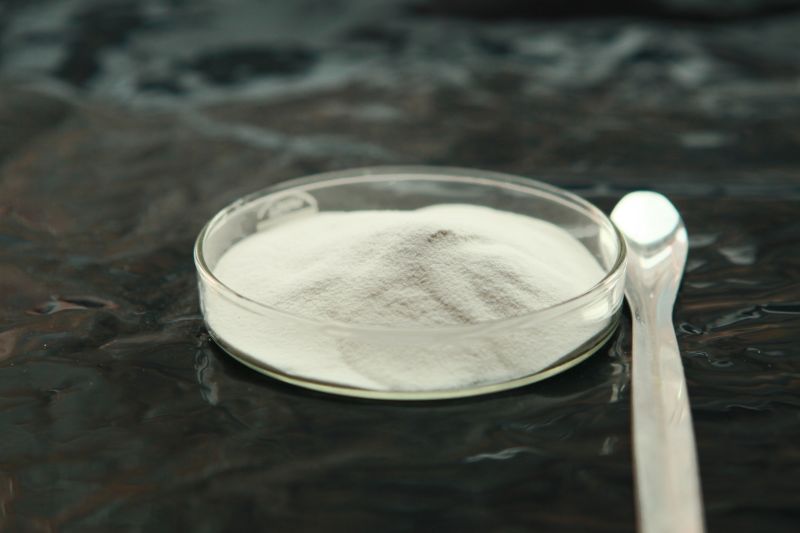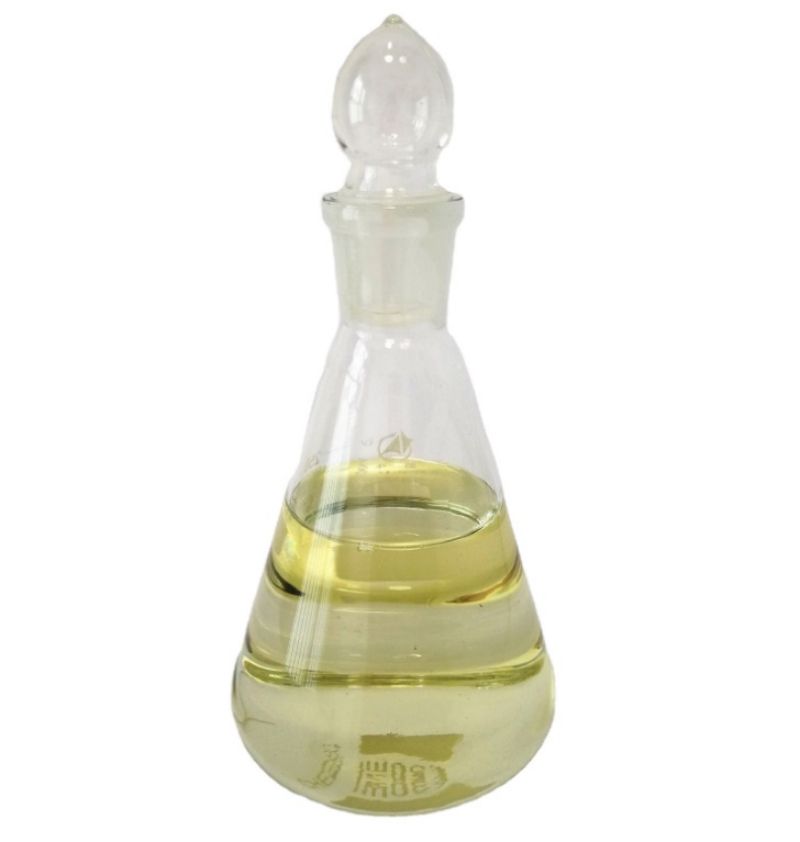Post Date:10,Oct,2023
The high performance superplasticizer represented by polycarboxylate superplasticizer has the advantages of low content, high water reduction rate, good slump retention performance and low shrinkage, and the polycarboxylate superplasticizer superplasticizer has a certain amount of causing, which makes the fluidity, frost resistance and water retention of concrete better than the traditional superplasticizer. Due to the diverse synthesis process of polycarboxylate superplasticizer, the product quality of different manufacturers is very different, coupled with the production process, due to the fluctuation of the quality of concrete raw materials, the change of water content in sand, the error of the measurement system and other reasons, resulting in the unstable work of concrete mix (easy to separate or slump loss too fast) in the construction process of polycarboxylate superplasticizer. Can't even meet the construction requirements. How to choose polycarboxylate superplasticizer which is easy to control and easy to produce stable quality is one of the important factors to achieve stable quality of concrete.
In the selection of polycarboxylate superplasticizer in addition to the basic performance tests, such as solid content, water reduction rate, slump retention and other performance tests, the sensitivity of polycarboxylate superplasticizer should be tested to comprehensively evaluate the quality of polycarboxylate superplasticizer.

(1) Detection sensitivity to change of dosage
Adjust the test concrete mix ratio to the condition that the workability and slump retention of the concrete mix meet the requirements, keep the dosage of other raw materials of concrete unchanged, increase or decrease the amount of admixture by 0.1% or 0.2% respectively, and detect the slump and expansion of concrete respectively. The smaller the difference between the measured value and the basic blending ratio, the less sensitive it is to the change of the mixing amount. It is shown that the water reducing agent has good sensitivity to the dosage. The purpose of this detection is to prevent the state of the concrete mixture from sudden change due to the error of the measurement system.

(2) Detecting sensitivity to changes in water consumption
Similarly, based on the mix ratio of concrete mix when it meets the requirements, the amount of other raw materials remains unchanged, and the water consumption of concrete is increased or decreased by 5-8kg/ cubic meter respectively, that is, the fluctuation of sand water content is simulated by 1%, and the slump and expansion of concrete mix are measured respectively. The smaller the difference between the concrete mix and the basic mix ratio, the better the sensitivity of water consumption of water reducer. If the change in water consumption is not sensitive, it can be easy to control production.
(3) Test the adaptability of raw materials
Keep the basic mix ratio unchanged, replace the concrete raw materials, respectively test the slump and expansion changes of the concrete mix after the change, and evaluate the universality of the adaptation to the raw materials.
(4) Adaptability to temperature changes
Keep the basic mix ratio unchanged, respectively test the change of slump and expansion of concrete mix after the change, evaluate the universality of adaptation to raw materials.
(5) Change the sand rate
Increase or decrease the sand rate by 1%, observe the state of the concrete mix, evaluate the fluctuation of the amount of sand and gravel, and whether the concrete state has changed significantly.
Post time: Oct-11-2023






